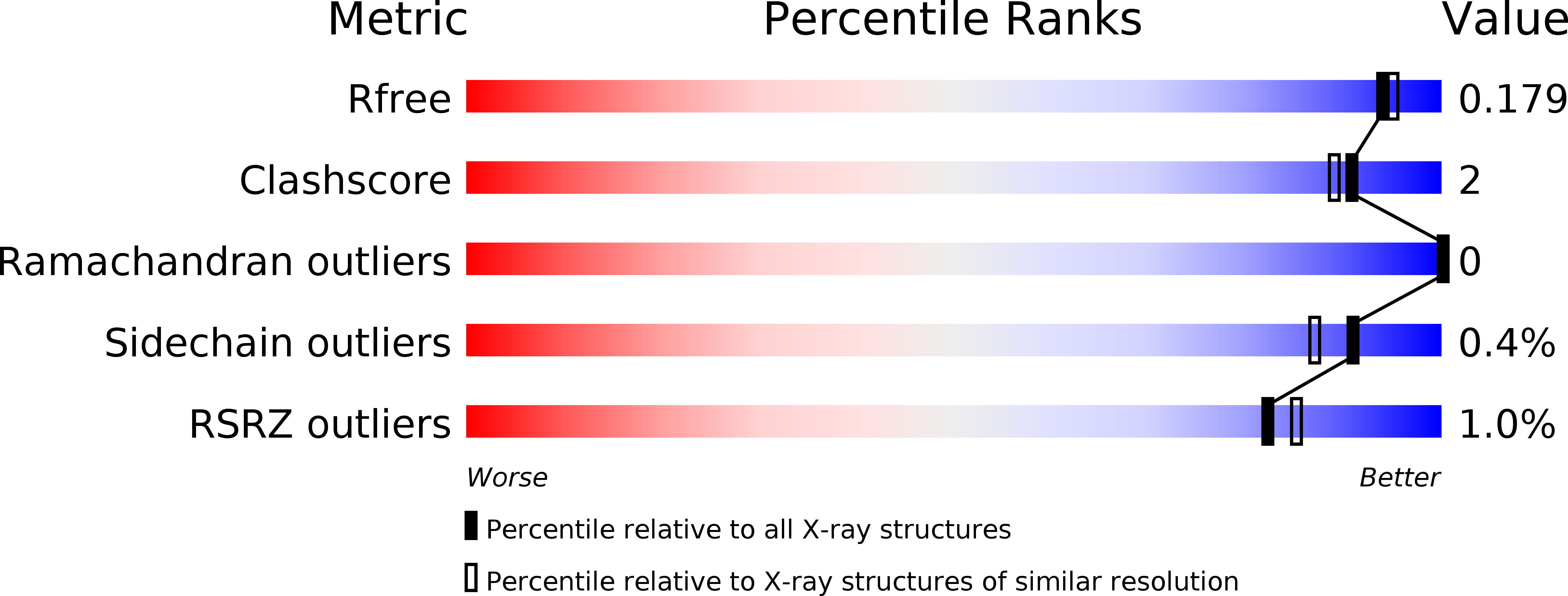
Deposition Date
2014-04-17
Release Date
2015-04-01
Last Version Date
2023-09-27
Entry Detail
PDB ID:
4PCZ
Keywords:
Title:
Crystal structure of a complex between R247G LlFPG mutant and a THF containing DNA
Biological Source:
Source Organism:
Lactococcus lactis subsp. cremoris (Taxon ID: 1359)
synthetic construct (Taxon ID: 32630)
synthetic construct (Taxon ID: 32630)
Host Organism:
Method Details:
Experimental Method:
Resolution:
1.70 Å
R-Value Free:
0.18
R-Value Work:
0.15
R-Value Observed:
0.15
Space Group:
P 41 21 2


